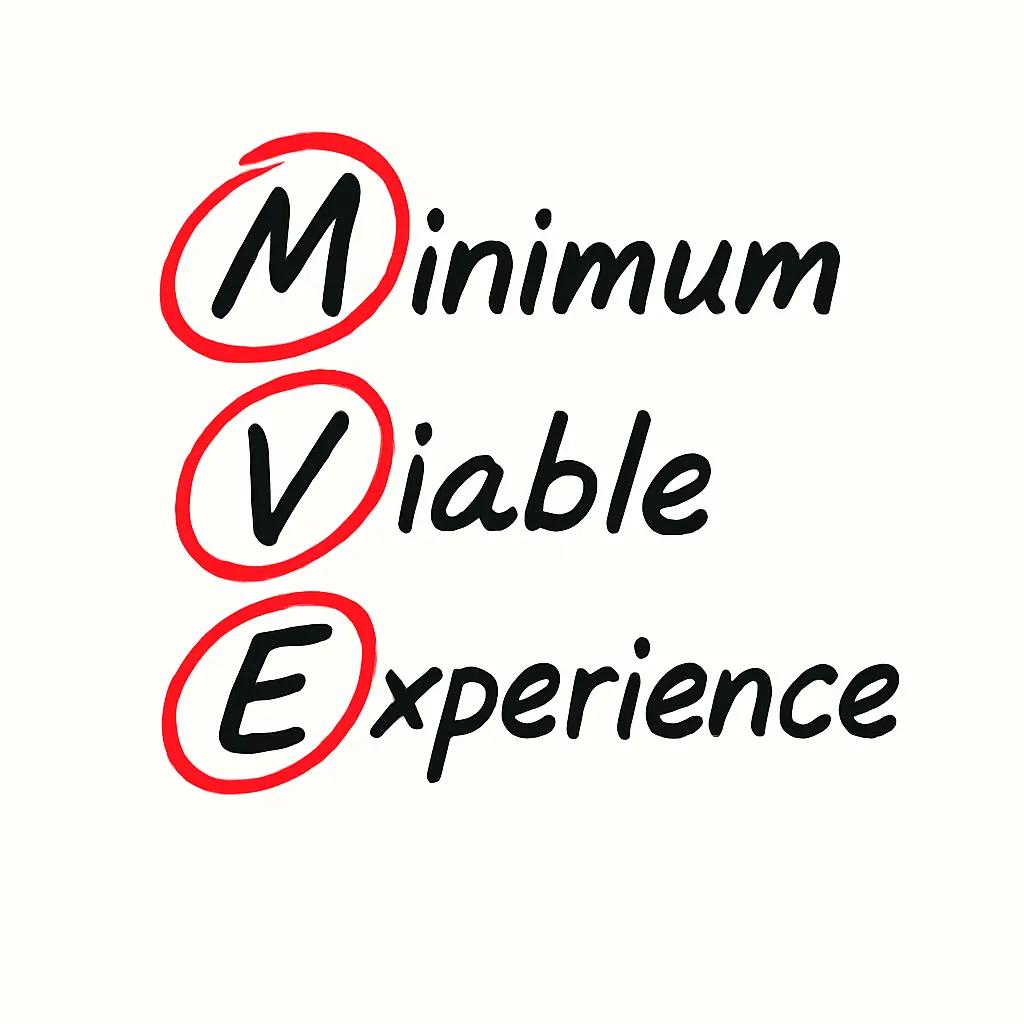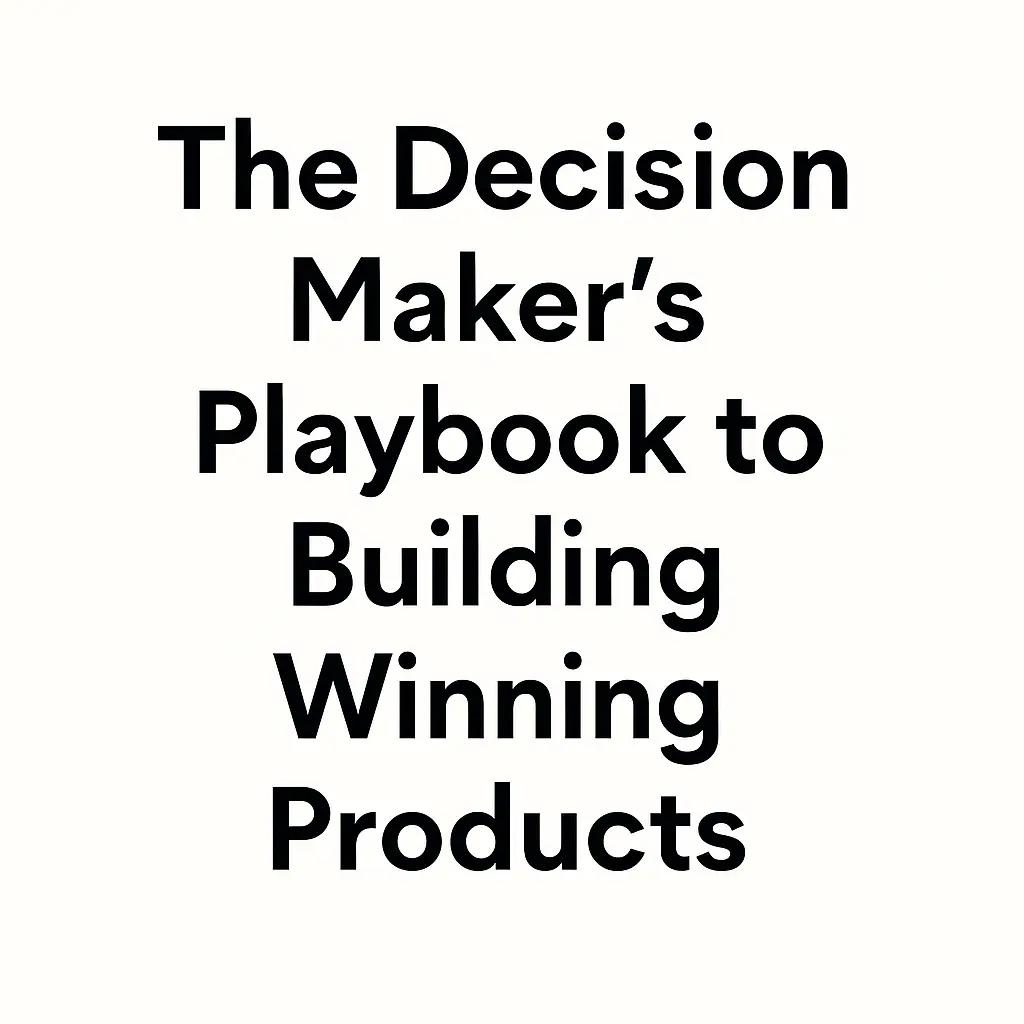Why Are Software Projects Failing, and How Can You Regain Control?
If you’re struggling with missed deadlines, blown budgets, and software that doesn’t meet expectations, you’re not alone. Many software projects fail because they lack clear direction and control. But there’s a way to regain control and guide your projects to success.
Software projects often fail because they lack a well-structured plan and clear communication. Without these, teams fall into chaos:
- Unclear Goals: Many projects start without clear objectives, leading to confusion and constant changes.
- Poor Communication: Miscommunication leads to duplicated efforts and missed critical issues.
- Inflexible Processes: Traditional models like Waterfall can’t adapt to changes, causing delays.
- Incomplete Testing: Rushed testing results in bugs and issues post-launch.
These problems lead to lost time, increased costs, and a final product that doesn’t meet user needs.

Many teams try to solve these problems, but their solutions often miss the mark:
- Traditional Models: The Waterfall model is too rigid and doesn’t handle changes well. Once you move to the next phase, going back is nearly impossible.
- Misused Agile: Teams often implement Agile incorrectly, following ceremonies without embracing true iterative development.
- Overuse of Tools: Teams rely heavily on tools without understanding how to use them effectively, leading to more confusion.
- Fragmented Approaches: Using multiple methodologies without integrating them leads to a lack of cohesive strategy.
- Reactive Management: Teams often react to problems instead of proactively managing them, resulting in constant firefighting.
These approaches offer short-term fixes but fail to address the core issues of control and clarity.
The perfect solution to these challenges combines comprehensive planning, clear communication, and flexibility. Here’s what works:
- Detailed Planning: Use tools that help gather clear requirements and map out every step. Planning isn’t just about deadlines—it’s about creating a solid roadmap.
- Integrated Communication: Choose platforms that integrate communication with project management so everyone stays on the same page.
- Flexible Models: Use a hybrid model that mixes Agile’s flexibility with Waterfall’s clear structure. This approach allows for both adaptability and clear milestones.
- Continuous Testing: Integrate testing throughout the development process to catch issues early and ensure quality.
- Complete Visibility: Use dashboards that provide real-time insights into project progress, risks, and team productivity.
- Ongoing Training: Ensure your team is well-trained on the tools and processes you implement. Regular training keeps everyone aligned and ready to adapt.
By implementing these strategies, you can regain control of your software projects, ensuring they are completed on time, within budget, and meet all requirements.

Research supports the importance of strong SDLC management. The Standish Group found that only 29% of software projects are completed successfully—but success rates double when organizations implement structured SDLC processes. The Project Management Institute (PMI) also reports that high-performing organizations are more than twice as likely to use formal project management methodologies.
To regain control, start by evaluating your current process. Identify weak spots, choose the right tools, and train your team. Here’s how:
- Assess Your Process: Identify where your current approach falls short. Look for bottlenecks and communication breakdowns.
- Choose the Right Tools: Select tools that align with your project’s needs and ensure they integrate well.
- Train Your Team: Invest in training so your team knows how to use the tools and follow the processes effectively.
- Monitor and Adjust: Continuously monitor your process and make adjustments as needed to stay on track.
By following these steps, you’ll create a robust SDLC that keeps your projects under control and on course.

The best methodology depends on your project. Agile is great for projects needing flexibility, while Waterfall suits projects with clear, unchanging requirements. A hybrid model can offer a balanced approach.

To lead your projects to success, you need control over every aspect of the SDLC. By implementing a structured, flexible approach, you can manage your projects more effectively, meet deadlines, stay within budget, and deliver quality software.
Take the first step today: evaluate your process, choose the right tools, and train your team. With the right approach, you’ll turn chaos into control.
Meet Dennis, a seasoned software engineer with 11 years of experience transforming ideas into digital reality. He has successfully guided countless projects from concept to deployment, bringing innovative solutions to life. With a passion for crafting exceptional software, Dennis has helped countless clients achieve their goals.
Click here to learn more
Popular Posts
- How Can Strategic Software Solutions Propel Your Business to the Next Level?
- What is the Key to Startup Success?
- Why Do Some Products Soar While Others Flounder?
- Why Is Consistent Blogging Critical for Your Go-To-Market Strategy?
- Why Do Some Products Stick While Others Don't?
- Why Do Top Engineers Choose Where They Work?
- The Ultimate Solution for Faster, Scalable, and Customizable Web Design Without the CSS Headaches
- Revolutionizing Your Software Experience
- How Can You Overcome Common Pitfalls in Enterprise Application Software Development and Achieve Success?
- Discover the Ultimate Solution to Streamline Your Workflow and Boost Productivity!
Ready to take your business to the next level? Let’s make it happen.
Recommended For You

Why Your Agile Workflow is Failing You (And How Storyboarding Can Fix It)

Why Software Engineering Fundamentals Can Transform Your Business Success

How to Skyrocket Engagement and Sales with Minimal Viable Experience

The Decision Maker’s Playbook to Building Winning Products

How Can You Deliver Software That Wins Customers and Beats the Competition?

Launch Faster, Spend Less, Win Big: How to Nail Your Software Product Launch

The 75% Problem: How to Ensure Your Features Deliver Real Business Value

